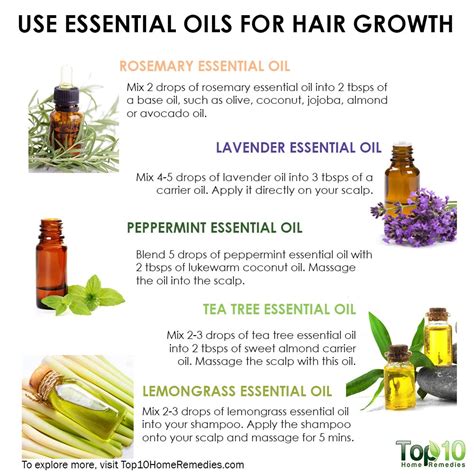Introduction
Wigs have witnessed a surge in popularity among African American women in recent years. According to the NPD Group, the African American haircare market is valued at over $2.5 billion, with wigs accounting for a significant portion of that revenue. This surge is driven by the desire for versatility, protective styling, and the ability to experiment with different hairstyles without damaging natural hair.

Benefits of Wigs for African American Hair
- Protection: Wigs protect natural hair from harsh chemicals, heat styling, and environmental damage.
- Versatility: Wigs offer endless styling options, allowing you to change your hair length, texture, and color on a whim.
- Convenience: Wigs are easy to wear and remove, making them a convenient option for busy women.
- Confidence: Wigs can boost self-confidence by providing a flawless, polished look.
Choosing the Right Wig
1. Determine Your Head Shape and Size:
Measure your head circumference and use a sizing chart to determine the wig size that best fits you. Avoid wigs that are too tight or too loose.
2. Consider Your Face Shape:
- Oval: Most wig styles will flatter oval faces.
- Round: Avoid wigs with blunt bangs or too much volume at the sides.
- Square: Wigs with side-swept bangs and layers will soften sharp angles.
- Diamond: Wigs with long, loose curls will complement the narrow chin and wide forehead.
3. Choose a Texture that Suits Your Hair:
- Natural hair: Opt for wigs with a similar texture to your natural hair for a seamless blend.
- Relaxed hair: Try wigs with a slightly looser texture to create a more polished look.
- Braided or locked hair: Wigs with protective styles like braids or locs are ideal for protecting natural hair underneath.
Types of Wigs for African American Hair
1. Lace Front Wigs:
- Made with a thin, lace base that mimics the natural hairline.
- Provides a realistic appearance, especially at the hairline.
- Can be styled with heat tools and glueless adhesives.
2. Full Lace Wigs:
- Constructed with a full lace cap that covers the entire head.
- Offers the most natural-looking and versatile styling options.
- Can be parted and styled in multiple directions.
3. Synthetic Wigs:
- Made with artificial fibers that are heat-resistant and easy to maintain.
- Available in a wide range of colors and textures, including Kanekalon, Futura, and ToyoKalon.
- Durable and affordable option.
4. Human Hair Wigs:
- Crafted from real human hair, giving them a natural look and feel.
- Can be dyed, bleached, and styled like natural hair.
- More expensive and require careful maintenance.
Wig Maintenance and Care
1. Washing and Conditioning:
- Use a gentle sulfate-free shampoo and conditioner specifically designed for wigs.
- Avoid scrubbing or rubbing the wig vigorously.
- Rinse the wig thoroughly with cool water.
2. Drying:
- Blot excess water with a towel.
- Air-dry the wig on a wig stand or use a low-heat blow dryer with a diffuser attachment.
- Avoid over-brushing or combing the wig when wet.
3. Styling:
- Use heat tools sparingly and on a low setting.
- Apply a heat protectant spray before using heat styling tools.
- Avoid using hairspray directly on the wig, as it can leave residue.
4. Storage:
- Store the wig on a wig stand or in its original packaging.
- Place the wig in a cool, dry place away from direct sunlight.
6 Strategies for Styling Wigs for African American Hair
1. Embrace Natural Textures:
Showcase the beauty of kinky, curly, and coily textures with wigs that mimic your natural hair.
2. Experiment with Color:
Add a splash of color to your wigs with vibrant hues that complement your skin tone.
3. Try Protective Styles:
Protect natural hair with wigs featuring protective styles like braids, twists, or locs.
4. Add Accessories:
Accessorize wigs with headbands, scarves, or jewelry to create a unique look.
5. Cut and Trim:
Customize wigs by cutting and trimming them to flatter your face shape and personal style.
6. Get Professional Help:
Consult a hairstylist or wig expert for professional advice on wig selection and styling.
How to Step-by-Step Approach to Wearing a Wig
1. Prepare Your Hair:
- Braid or cornrow your hair to create a smooth base.
- Cover your hair with a wig cap or stocking.
2. Place the Wig:
- Position the wig on your head, aligning it with your natural hairline.
- Secure the wig with wig glue or tape, if necessary.
3. Style the Wig:
- Use a brush or comb to style the wig to your desired look.
- Apply hairspray or mousse for hold and shine.
4. Remove the Wig:
- Gently pull up on the front edge of the wig.
- Use a wig solvent or adhesive remover to dissolve the glue or tape.
- Wash and condition the wig as needed.
FAQs
1. Can I sleep in a wig?
Not recommended, as it can cause friction and damage to the wig and natural hair.
2. How often should I wash my wig?
Wash wigs every 7-10 wears, depending on usage and styling products used.
3. Can I use hair dye on a wig?
Only human hair wigs can be dyed. Synthetic wigs can be damaged by hair dye.
4. How long do wigs last?
With proper care, a synthetic wig can last 6-12 months, while a human hair wig can last several years.
5. Can I wear a wig without glue?
Yes, there are glueless wigs available that use elastic bands or combs for secure attachment.
6. Can I cut a wig?
Yes, wigs can be cut and trimmed to customize the shape and length.
